AI + DESIGN
Chicago
In October 2023, the Institute of Design (ID) at Illinois Tech hosted 25 students from around the globe to explore how tomorrow's design leadership will tackle complex, systemic problems, including the emerging role of AI.
Murmur Ring curated a three-day immersive program to explore implications of AI in education, city planning, regulatory policymaking, as well as design professions.
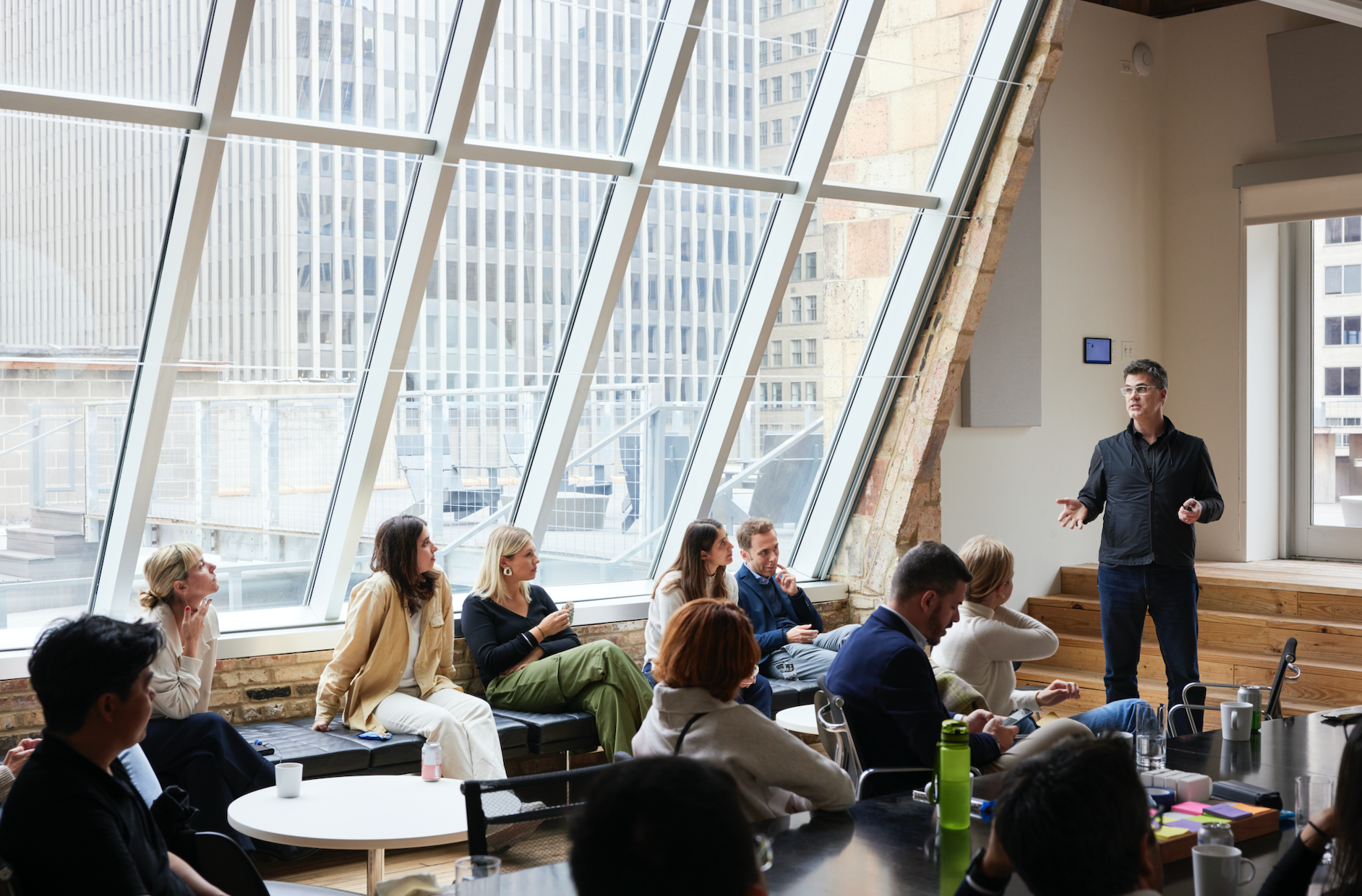
Our immersion began at the South Side Community Arts Center, where ID’s Dean, Anijo Mathew, and Chicago’s first and only cultural historian, Tim Samuelson, welcomed participants to the city with a discussion about the legacy of design leadership and the New Bauhaus’ eventual absorption into the Illinois Institute of Technology as The Institute of Design.
SSCAC’s building served as an example of the city’s Bauhaus roots, as the home’s interior into was redesigned as a modern art gallery as part of the Works Progress Administration by the New Bauhaus’ Hin Bredendieck and Nathan Lerner.
Lennel Davis of SSCAC further shared the organization’s history and relevance to Chicago’s cultural landscape.
We kicked off our second day at Salesforce, where Sharlene King, Salesforce’s Ignite Innovation Executive, and JoEllen Kames, Director of User Experience Design for the AI platform team at Salesforce, celebrated the optimistic potential of AI and speculated on unintended consequences that may result from the adoption of the tool.
Following Salesforce, we met with IA Collaborative in Jewelers Row Downtown Chicago. The IA Collaborative team spoke about how design can help large organizations navigate complexity and effectively incorporate emerging technologies.
“The future is coming whether we like it or not. How do we shape it responsibly?”
— Sharlene King, Ignite Innovation Executive at Salesforce
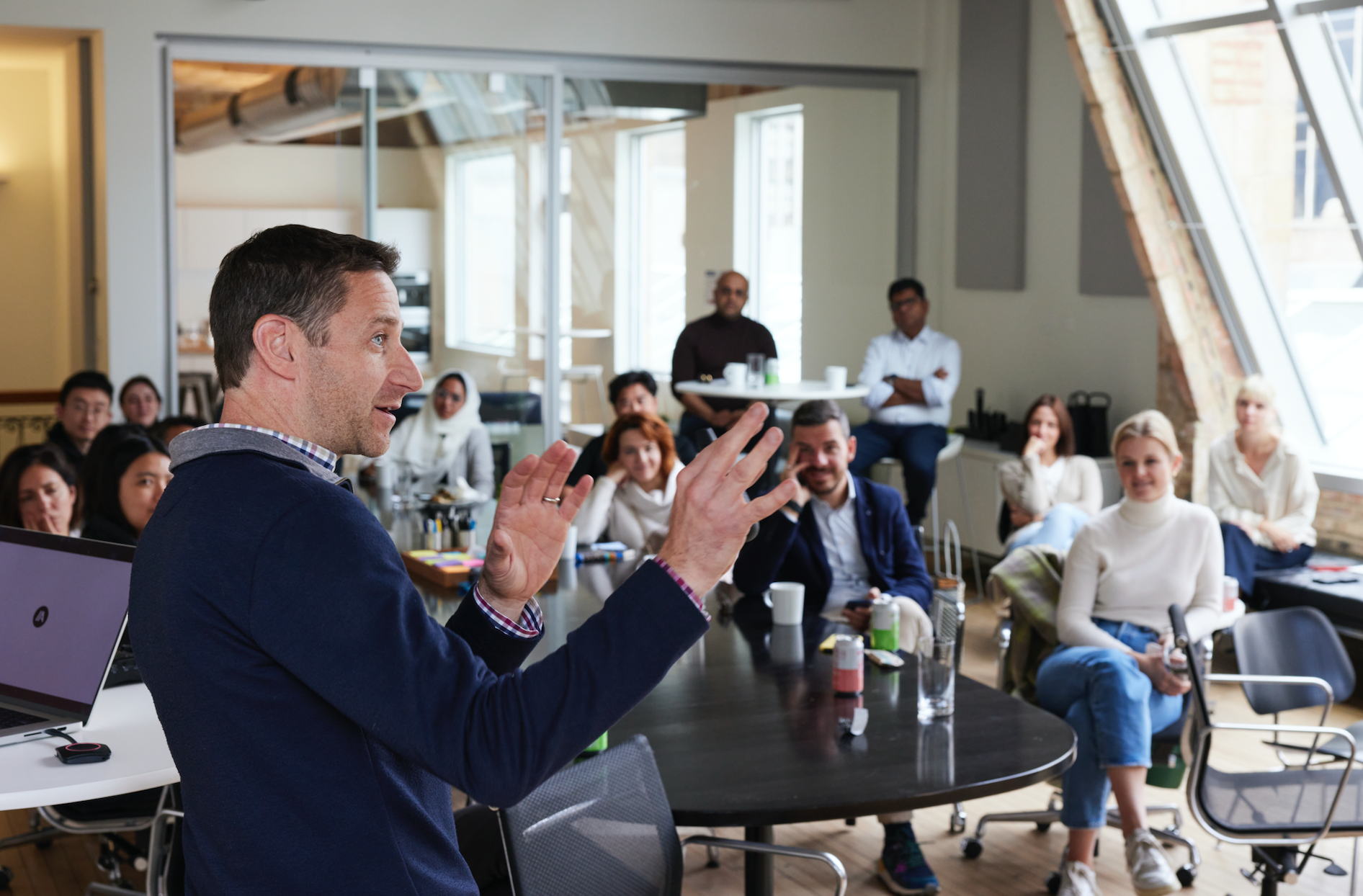
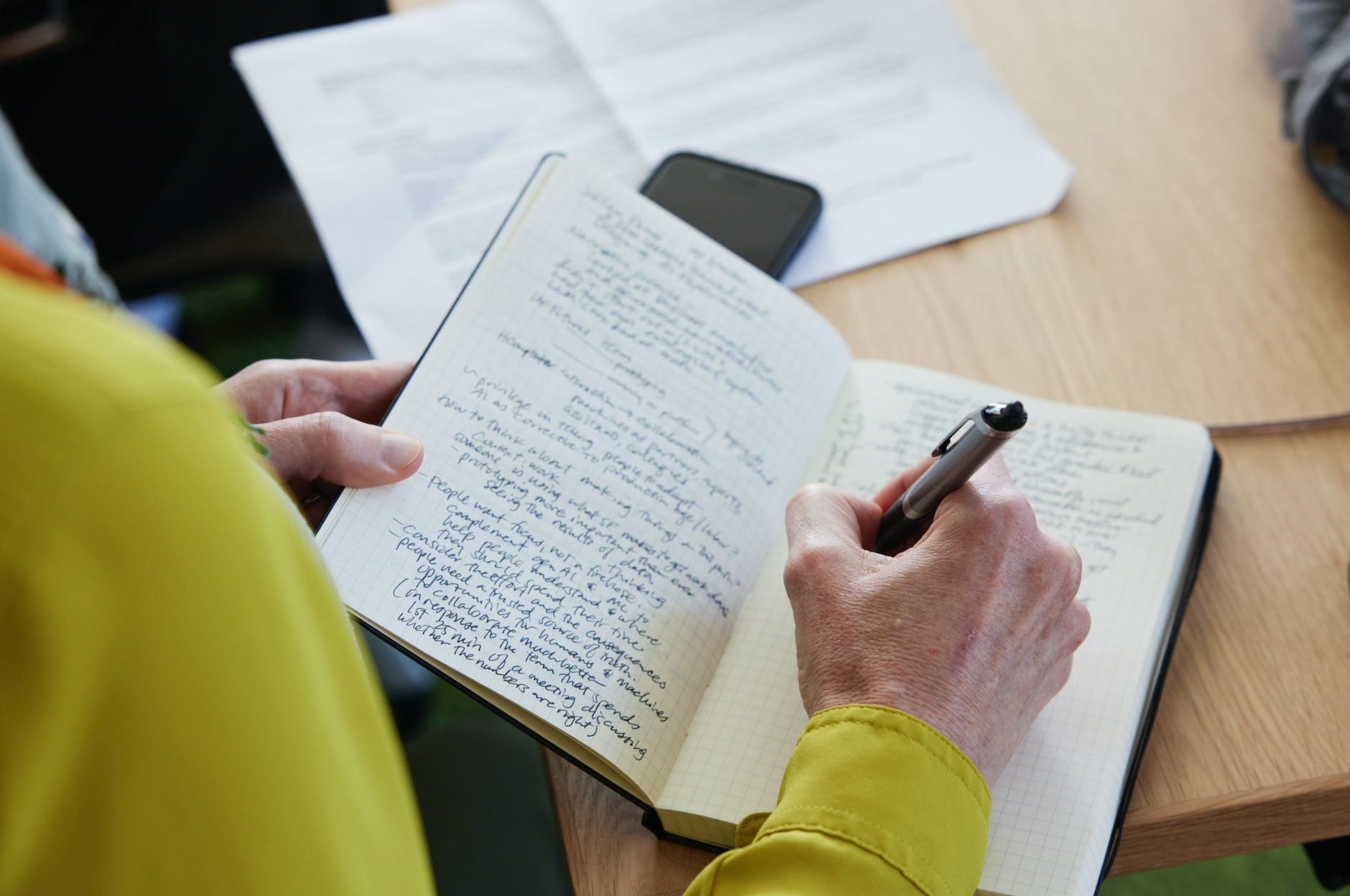
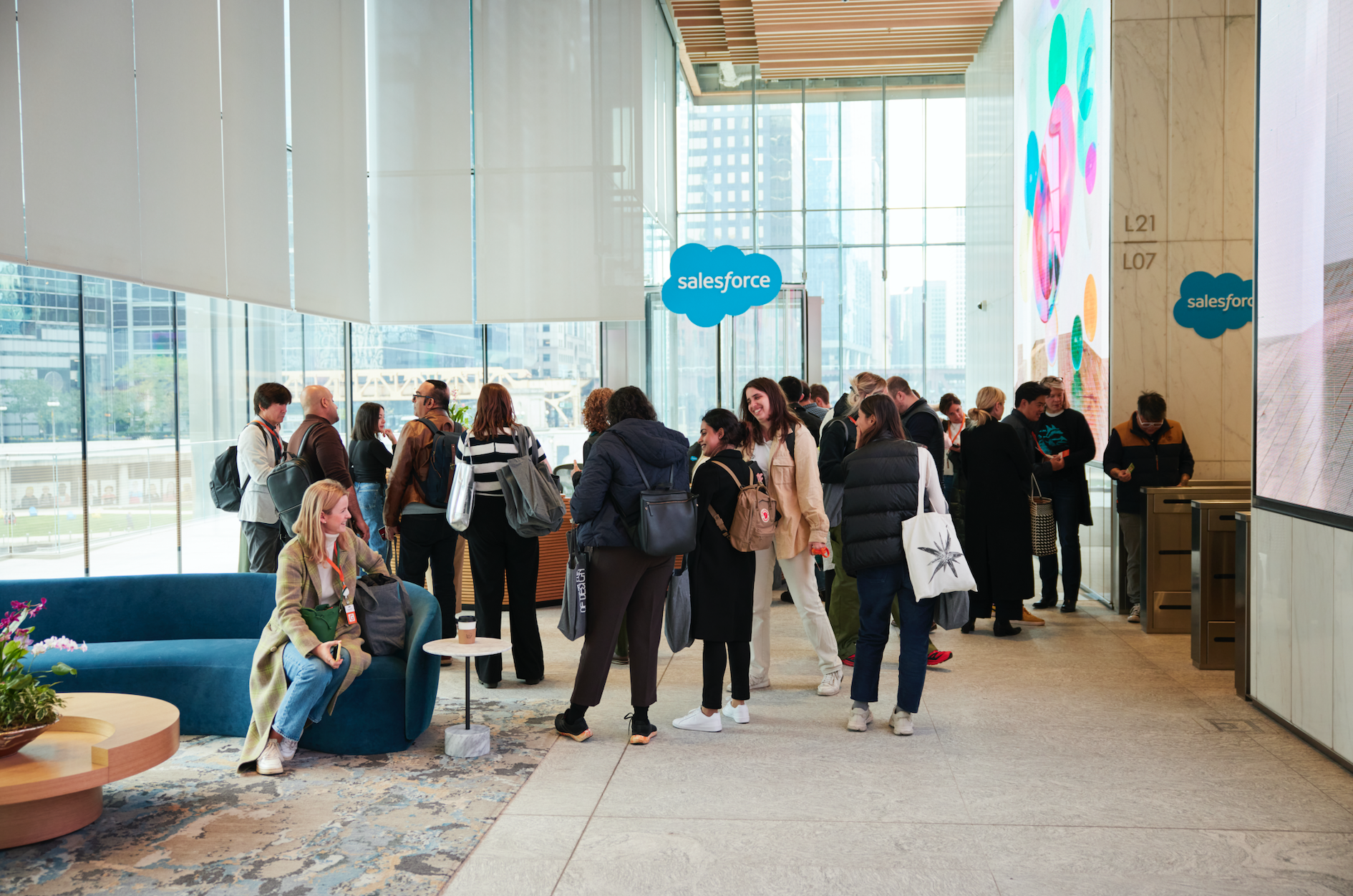
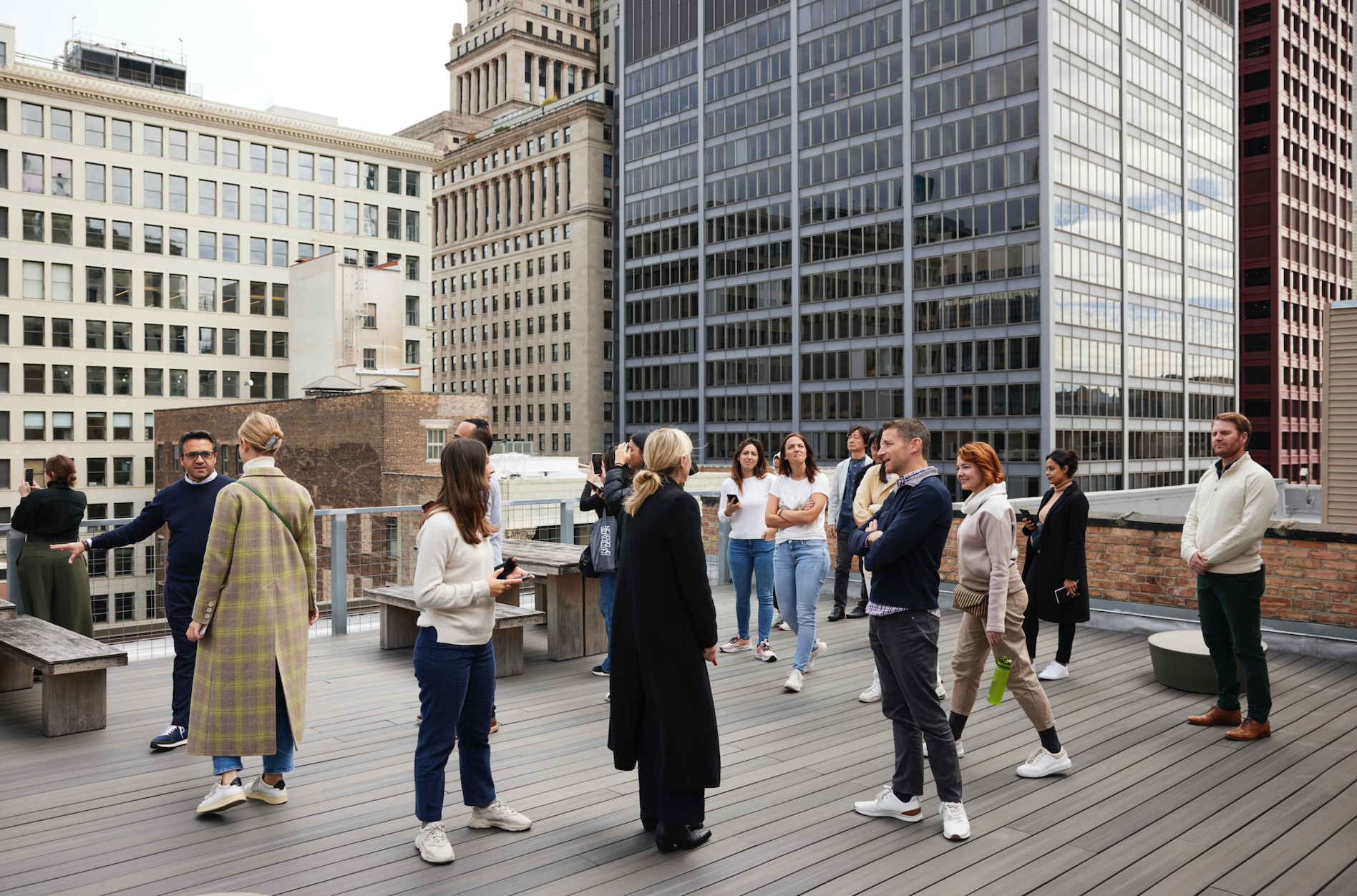
We then shifted our attention to unexpected and new applications of data: art installation and micromobility.
The Design Museum of Chicago’s Tanner Woodford and Colossal’s Christopher Jobson presented the organization’s most current exhibition: At the Precipice. Curated by Colossal, At the Precipice considers the role of physical and emotional reactions in the era of climate disaster. The exhibition explores the use of color, tactility, material, and data to offer viewers accessible entry points to understanding the climate crisis
John Lankford, Senior Director of Partnerships & Policy & Communication at Spin, joined us at the Design Museum of Chicago to discuss the role AI plays in the advancement and hinderance of micromobility.
John’s presentation offered a hopeful outlook on the potential of micromobility to seriously impact mode shift, but shed light on the ways technology can get in the way of progress. By requiring rideshare scooters and bikes to use AI to record instances of sidewalk riding, for example, policymakers often miss data capture and analysis on bigger picture opportunities to make an impact on their cities’ emissions.
“In this instance, AI is trying to solve the problem that matters less. It’s focused on where scooters park rather than a cultural mode shift at scale.”
— John Lankford, Senior Director of Partnerships, Policy and Communications for Spin
To close out our second day, the Consulate General of Italy hosted a cocktail hour at the Italian Cultural Institute of Chicago to welcome their fellow Italians to the city of Chicago. Italian leaders joined our group to discuss the relationship between Chicago and Milan - sister cities who are celebrating the 50th anniversary of partnership in 2023. The group also discussed economic partnerships between our cities.
Our final day of the AI + Design immersion brought the group’s focus to the tangible: hands-on learning and government policy considerations amidst the emergence of new technology.
First at Mobile Makers, participants met Maya Bird-Murphy, the award-winning nonprofit founder and emerging design leader. Maya provided participants a chance to evaluate, research, and prototype a design challenge that mirrored Mobile Makers’ youth programming. Participants gained a first-hand understanding of civic challenges facing Chicago’s communities and were implored to consider the inequitable obstacles facing non-white individuals attempting to enter the design world.
Harish Patel of Build the Field at Economic Security Project joined us for the final site visit of our immersion to discuss to discuss policymaking in the world of emerging technology.
As part of a group of policymakers for the United States federal government exploring potential responses to AI, Harish detailed where the US government stands, what the UN plans to do, and how advocates on both sides of the issue suggest policy moves forward.
Our discussion focused on the role of design as a connector between users and developers of technology; policy and law; and educators.
“This [AI] is an open space for a lot of intervention. People outside of technologists should be in the conversation.”
— Harish Patel, Vice President, Build the Field at Economic Security Project
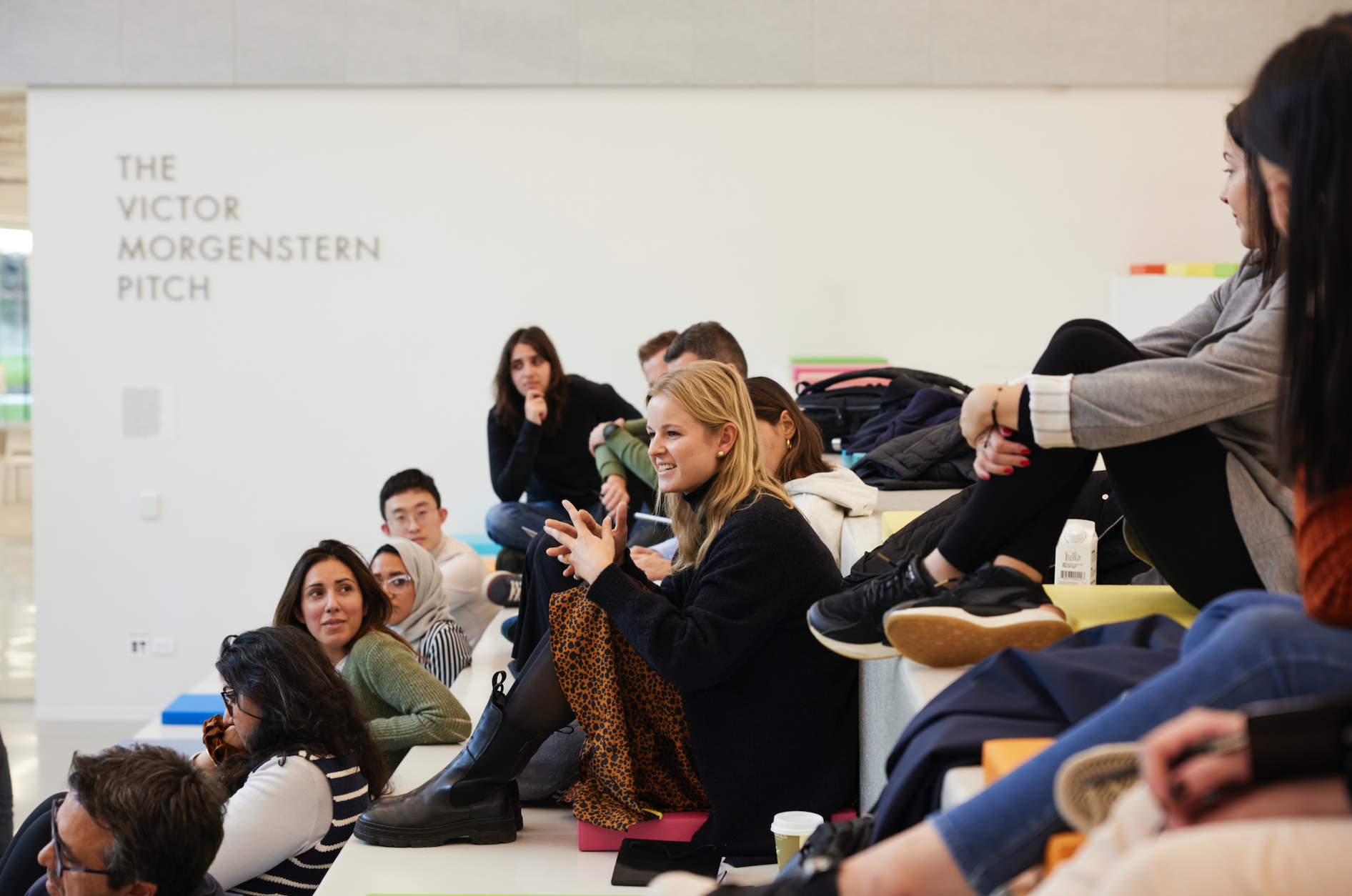
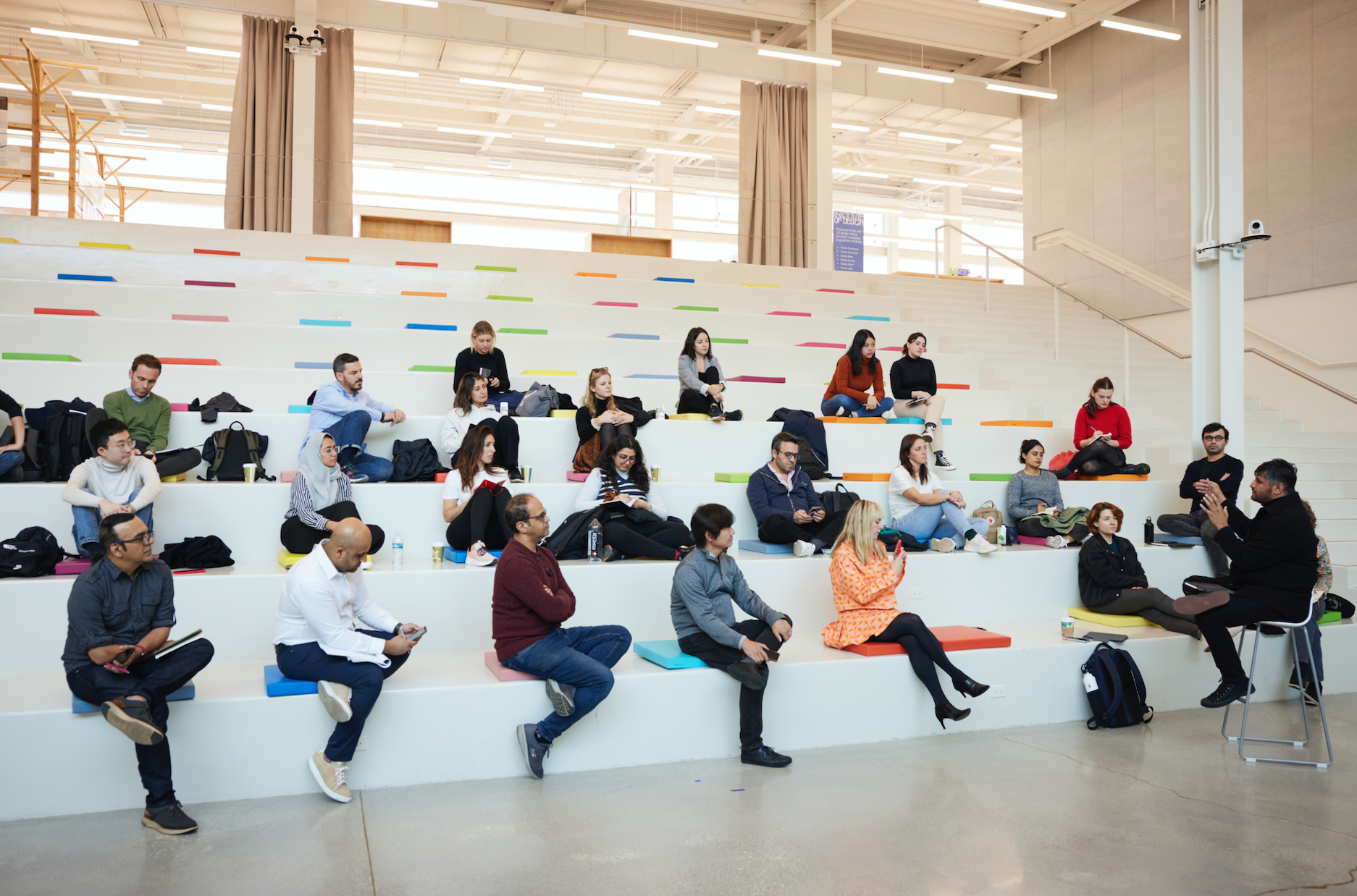
CREDITS
ANIJO MATHEW
Co-Host + ID Dean
JESSICA MEHARRY
Co-Host
ALBERT SHUM
Co-Host
DYLAN CHANDLER
Photographer
LENNEL DAVIS
South Side Community Arts Center
TIM SAMUELSON
Chicago Cultural Historian
SHARLENE KING
Ignite Innovation Executive, Salesforce
JOELLEN KAMES
Director of User Experience Design, Salesforce
THOMAS BOTZIOS
Consul General, Chicago
MARCELLO ALECCI
Consul General, Chicago
DAN KRAEMER
Founder and Chief Design Office, IA Collaborative
JEFF GERSHUNE
Vice President, IA Collaborative
KYLE SMITH
Vice President, IA Collaborative
TANNER WOODFORD
Founder and Executive Director, Design Museum of Chicago
CHRISTOPHER JOBSON
Founder, Colossal
JOHN LANKFORD
Senior Director, Partnerships & Policy & Communication, Spin
MAYA BIRD-MURPHY
Founder, Mobile Makers
HARISH PATEL
Vice President, Build the Field at Economic Security Project








